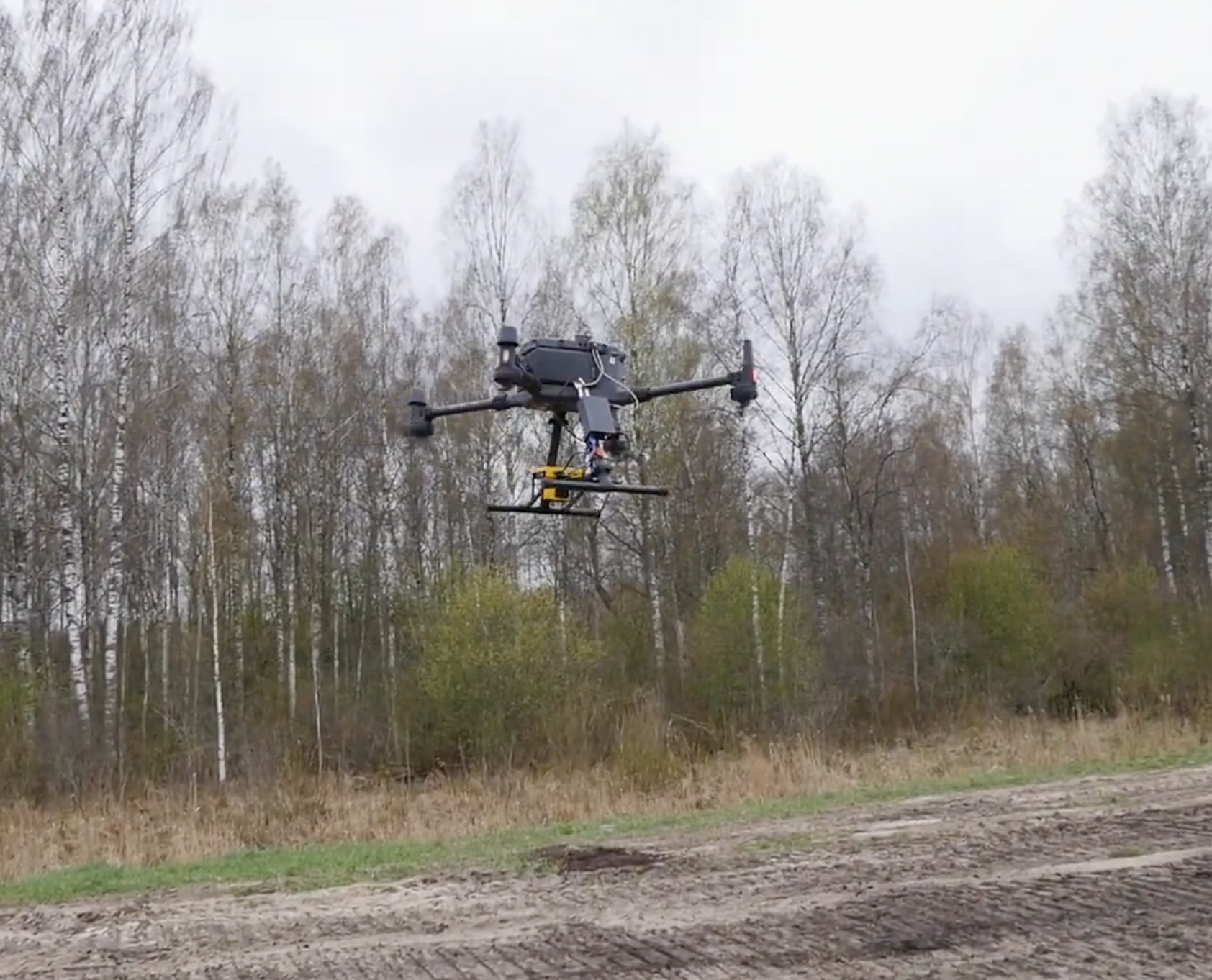Drone Methane Leak Detection: How does it work?
In recent months, drones mounted with absorption spectroscopy technology has revolutionized methane leak detection, marking a significant advancement in environmental monitoring and industrial safety. This technology, which studies the absorption of light by molecules, is particularly adept at identifying and quantifying methane.
Absorption spectroscopy operates on the principle that molecules absorb light at specific wavelengths corresponding to their unique energy levels. For methane (CH₄), this absorption occurs in the infrared (IR) spectrum, where the gas's molecular vibrations and rotations create distinct patterns. By deploying drones equipped with IR spectroscopy sensors, it becomes possible to swiftly and accurately detect methane concentrations across vast areas, even in hard-to-reach locations.
This method involves flying drones over potential leak sites, where they pass an infrared light beam through the atmosphere. As methane molecules absorb light at their characteristic wavelengths, the sensors measure the intensity of light before and after its passage, creating an absorption spectrum. Analyzing this spectrum reveals the presence and concentration of methane, providing crucial data for immediate action.
The application of drone technology in methane detection exemplifies the broader utility of aerial imaging across various sectors. Drones, along with other aerial platforms like aircraft and satellites, are not only transforming environmental monitoring but also enhancing urban planning, agriculture, disaster management, and more. Their ability to offer unparalleled perspectives and gather detailed data from above makes them indispensable tools in our technological arsenal.



